Mission Impossible: Dilapidated Vanity Into Nursery Changing Table!

by
P.j. C
(IC: homeowner)
6 Materials
$150
6 Weeks
Advanced
With help from my multi-talented spouse, I converted a forlorn vanity into a changing table for our 1st granddaughter's nursery! Once she outgrows Phase 1, the tray top will be removed, new veneer applied to the top surfaces, & trifold mirror restored, allowing the vanity to return to its original purpose.
Shortly after learning our 1st granddaughter is expected to arrive this October, the Mama2B pinned a Pinterest project of a vintage buffet used as a dressing table. A few days later a local resale shop posted a photo of a VERY shabby vanity that appeared to have come from the same home as an antique chifferobe I'd bought for the nursery just a couple of weeks earlier.
Not only were the bottom sections of 3 legs gone, the remaining 3 were seriously rotted!
Tools used to remove damaged veneer: 2" stiff blade Purdy scraper, razor blade style wallpaper scraper, spray bottle with water, old steam iron & LOTS of muscle! Any remaining glue residue was removed by sanding with an orbital sander.
New top & back panel made from 1" x 20" x 48" apsen board.
Replacement legs were cut from the center sections of salvaged staircase spindles. The top & bottom parts can be used in other projects.
Diameter of replacement legs were measured with calipers. Spindles were cut & sanded, then drilled to join with dowels & glue.
Checking diameter of the damaged legs. Since I wanted to preserve as much of the original profile as possible, we decided to cut them 3" below the cabinet. In order to raise the top surface to 36", the new legs needed to be about 6"longer than they were originally.
One of the trickiest steps was cutting off the legs 3" below the cabinet, trying to make sure they were as even as possible. There's probably a better way, but we eventually achieved this goal by sanding & checking with a level multiple times.
With new top & replacement legs.
Cabinet & new top were stained with dark walnut Varathane gel stain, then sprayed with 2 coats of Zinsser Sealcoat (shellac). Stain didn't color the epoxy that filled the joint between the original legs & replacements. We later removed the moulding meant to disguise where the back panel was inserted. Another strip of wood was added across the back to allow the embossed trim to extend above the tray's safety rail.
Close-ups of the top rail, mercury glass pulls, & embossed moulding below the drawers. The paint is "Dishy Coral", matched at Petersburg Do It Best from an outdated Sherwin-Williams color wheel. I used a dry brush technique on the embossed trim to allow the darker stain to show details.
Phase I complete: temporary top & safety rail, attached with screws & brass L-brackets
Check out our REALLY big project here: www.facebook.com/MorganManorBedandBreakfast
Enjoyed the project?
Suggested materials:
- Vintage vanity & salvaged staircase spindles (Anything Collectible, Huntingburg, IN)
- Paint, sandpaper, glue, Zinsser Sealcoat spray, hardware (Petersburg Do It Best, Petersburg, IN)
- 1" x 20" x 48" aspen lumber (Mastercraft Co.)
- Varathane gel stain (Menard's)
- Mercury glass pulls (Amazon)
- Salvaged embossed moulding (Ebay)
Published August 29th, 2016 7:32 PM
Comments
Join the conversation
3 of 45 comments
-
It turned out beautiful! CONGRATS on the new grand daughter! I have a 6 yr old grandson and 5 year old grand daughter. NOTHING like it!!
 Vicky Corey
on Oct 30, 2016
Vicky Corey
on Oct 30, 2016
-
-



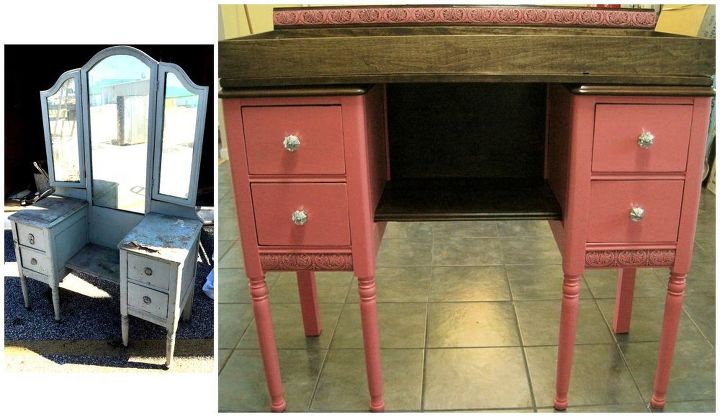












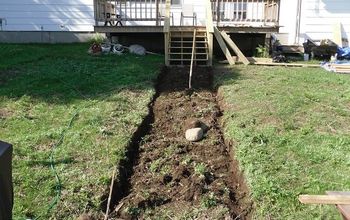





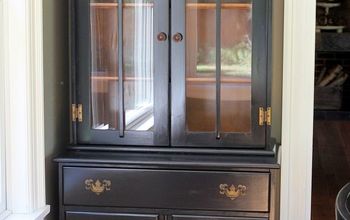
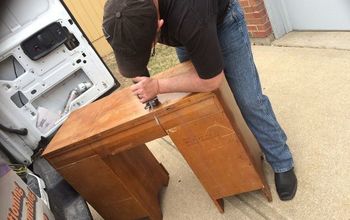
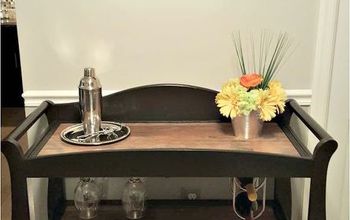
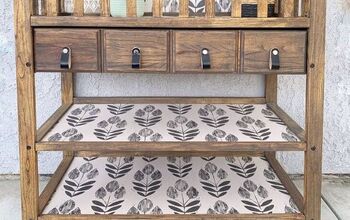
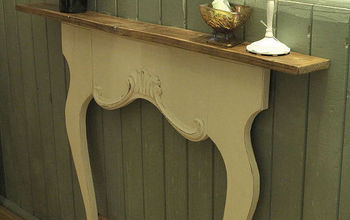
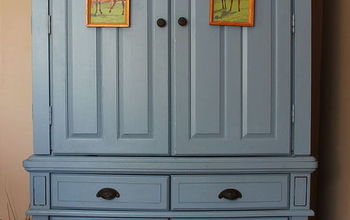
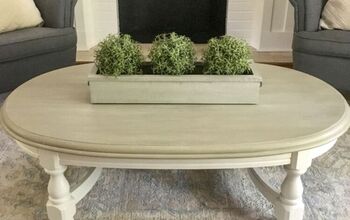
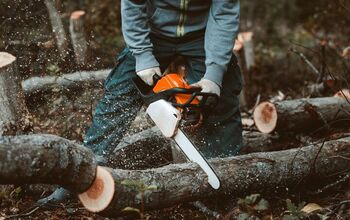


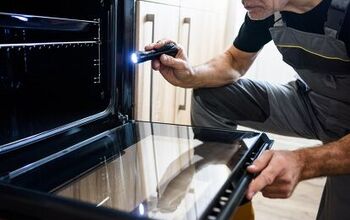
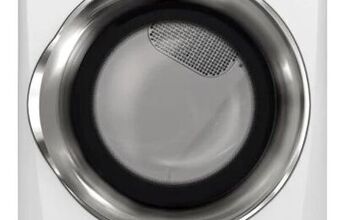

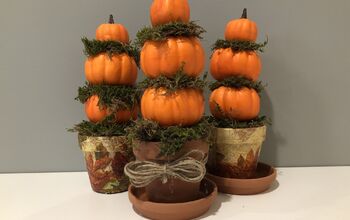


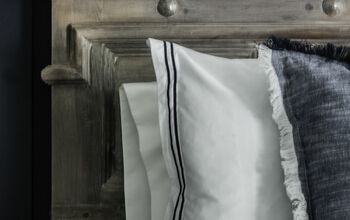
Frequently asked questions
Have a question about this project?